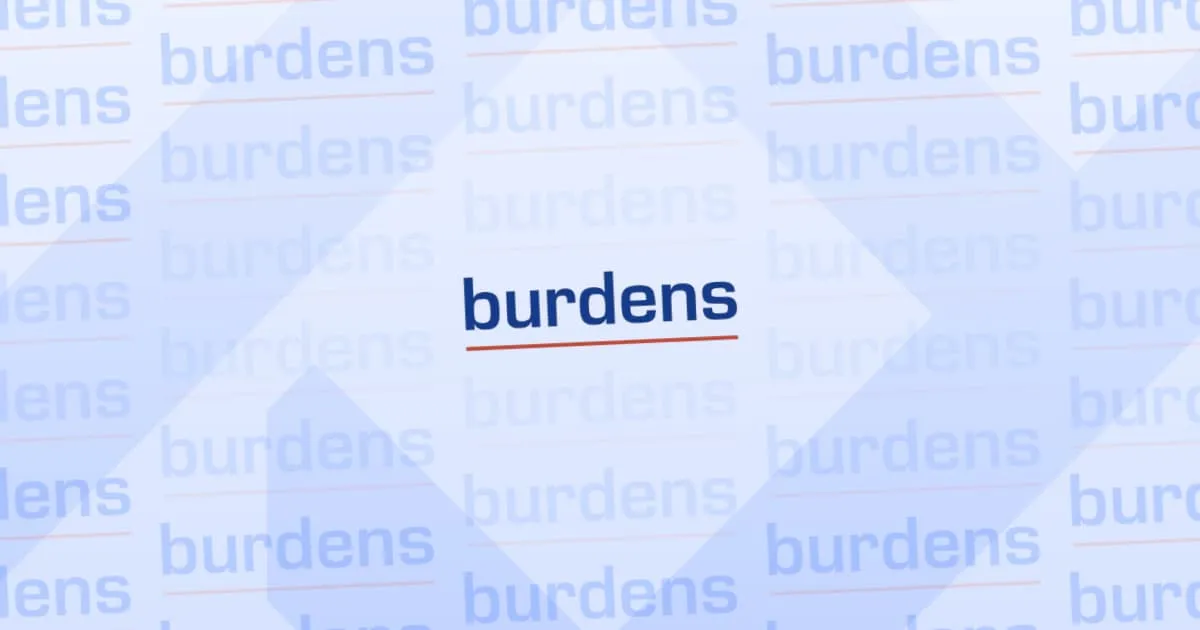Tradie Tips: Charging Deposits

Deposits are a necessary part of invoicing - if you’re not doing it, you need to be! Taking a deposit gives both the business and the customer a level of protection if a job falls through. The Domestic Building Contracts (DBC) Act of 2000 helps to provide tradies with a guideline of how much you can charge for bigger jobs, with regards to building or renovating homes. This is capped at:
- 10% if the total contract price is between $3,500 and $20,000
- 5% if the total contract price is $20,000 +
However, jobs under $3,500 have no regulations for deposits. This means that if you’re completing smaller jobs, the deposit charged is to be agreed upon between you and the customer. This can lead to a bit of confusion, so here’s a couple of tips to help you out:
Deposit Requests Say A Lot About Your Business
The deposit you request from your customer reflects directly on the standing of your company. If you ask for a 50% deposit, it may appear as though the company is experiencing cash flow problems, which could turn a customer away from your business. On the other hand, if you don’t bother to ask for a deposit, it may appear as though you’re careless.
Consider Your Costs
When invoicing for a deposit, take into consideration the initial costs of tools, supplies and travel. If necessary, itemise your deposit request to show where the money will be directed. After you receive payment, this means that your expenses are covered if the customer decides they no longer want to proceed.
Find Something That Works And Stick To It
If calculating how much the initial costs of a job will be is too difficult or time-consuming, find a percentage or dollar amount that seems fair and use this as your blanket rule before starting work. Sometimes it can be easier explaining to customers that you charge everyone a 15% deposit, rather than having to itemise every job.
Be Reasonable
As a rule of thumb, try not to request a deposit greater than 25%. This should cover initial expenses, and won’t make you seem greedy. If you require more than this, be forthcoming with your customer and explain to them why it’s necessary - they will appreciate your honesty. Did you know? Trak has options for partial invoicing. This can be done by requesting a percentage or a dollar amount of an initial quote.
Click here to check out the Trak blog for more articles.
Here's some related posts.



Why Integrating your Accounting Tools with Job Management Software is a Game-Changer for Tradies



Why Mobile Access to Job Information is a Game Changer for Tradies



